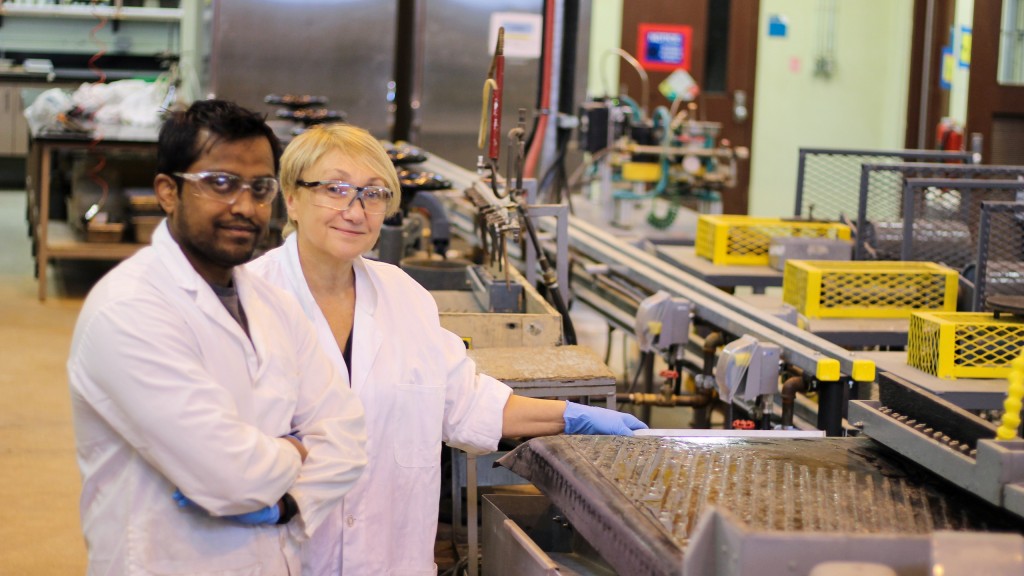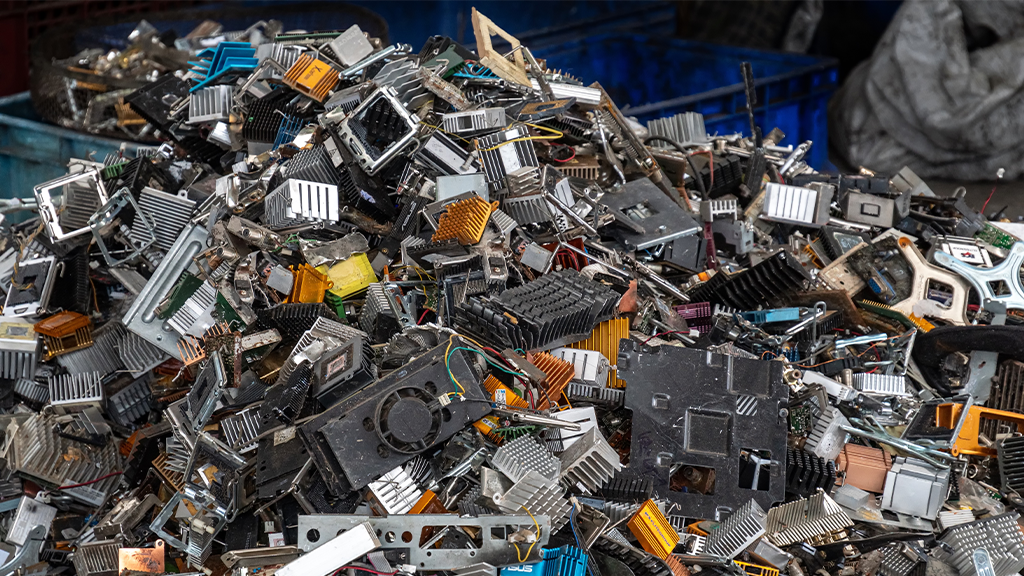
Light-emitting diode (LED) bulbs last much longer and use less energy than fluorescent lights and are becoming a popular choice for holiday lighting, indoor lights and many other uses. Maria Holuszko, a University of B.C. (UBC) mineral processing engineer and her PhD student Amit Kumar have found a way to make LEDs even more environmentally friendly. They’ve evaluated a process that recovers valuable metals in LEDs and reduces the amount of waste that eventually ends up in landfills.
According to Holuszko, the main materials in LEDs are generally recyclable — plastics, glass, metals, ceramics, adhesives and electronic components. "From the LED itself, we can recover copper and small amounts of rare earth metals including lutetium, cerium and europium, and the “technology metals” gallium and indium, which are used to produce high-tech devices," she says. "We also hope to capture tiny amounts of precious metals such as gold and silver.
"This mining of metals from waste streams is what 'urban mining' is about," continues Holuszko. "While urban mining, even at its most efficient, can probably only meet about a quarter of the current demand for metals, it can complement traditional mining and do the environment good at the same time."
How the method works
According to Holuszko, they have developed a flowsheet for processing waste LED bulbs using crushing, grinding and other simple physical processes to recover valuable metals in an economic and environmentally safe manner. The methods are based on material properties such as density, electrical conductivity, shape, and size – so they’re simple, clean, and economical.
"Our methods resulted in capturing higher amounts of recoverable, valuable metals in the final sample," she explains. "The copper content alone was at 65 per cent, compared to the 30 or 40 per cent copper content usually obtained from ore in traditional mine processing. The lead content was six per cent, zinc was 4.5 per cent and silver was 1,640 parts per million—pretty good concentrations. Eventually, we also hope to use this workflow to find a way to recover gold in significant amounts."
With the goal of scaling up the process, a test has been run in collaboration with Contact Environmental, B.C.’s major lamp recycler, located in Richmond, near Vancouver. They have proven that it works, with significant amounts of copper, lead, zinc and silver being recovered and kept out of landfills.
"We plan to improve the recovery of metals even further and eventually implement this processing on a larger scale in 2017, with funding support from research not-for-profit Mitacs," says Holuszko.
E-waste from old computers, cellphones, LED lights and other electronic devices is a growing problem for North American communities and also for the developing countries that are processing this category of waste. "If we can extract the maximum amount of material from e-waste, we would make it easier and safer to recycle. We will be able to limit other communities’ exposure to potentially toxic materials, while also recovering valuable minerals. My dream is to find a way to close the cycle so that in the future, there is zero waste."
Click here (http://mining.ubc.ca/research/urban-mining-innovation-centre/) for more information on UBC’s urban mining research.


